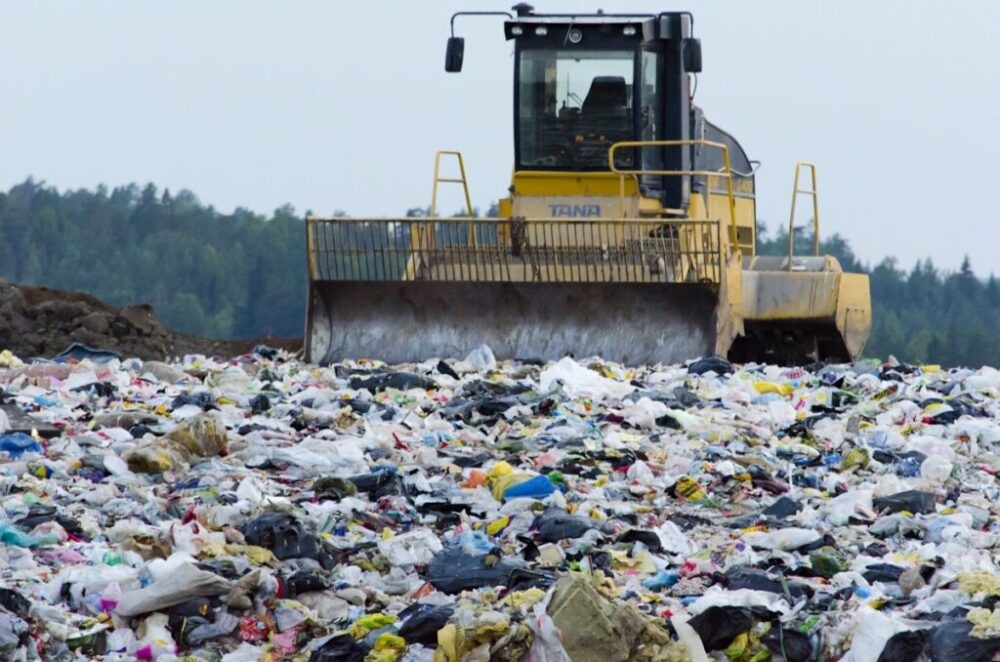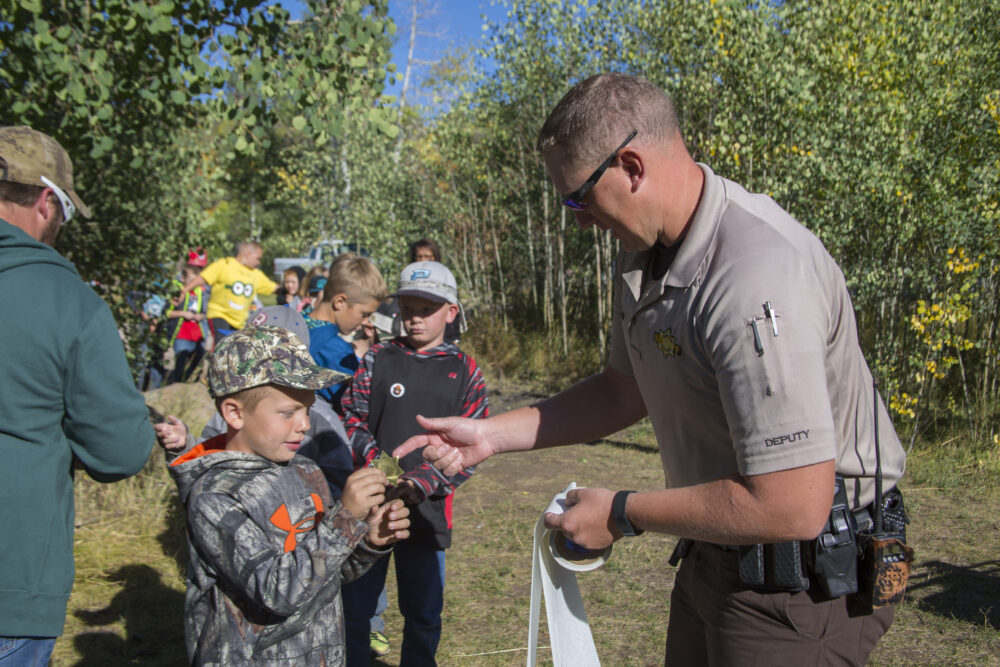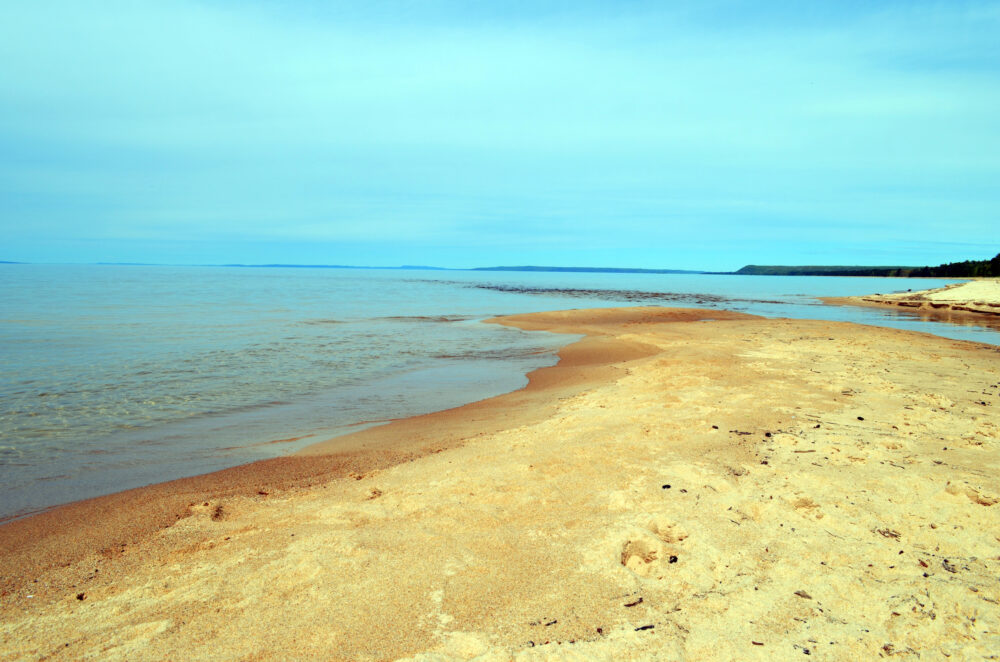We have much more to do and your continued support is needed now more than ever.
Climate Disruption Lit “Bomb Cyclone” Fuse
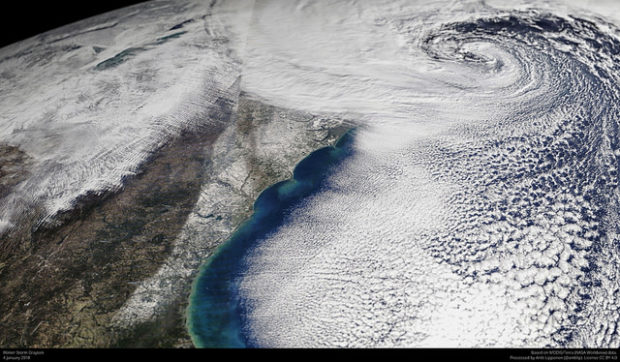
From Florida to Maine, the East Coast is being hit by a “Bomb Cyclone” – an ordinary winter storm that experienced explosive strengthening over warm Atlantic waters. It comes during a stretch of record cold over much of the continental United States. Meanwhile, it’s been six degrees warmer than usual in the Arctic. “Anchorage, Alaska, was warmer Tuesday than Jacksonville, Florida.” reported Seth Borenstein of the Associated Press. “The weather in the U.S. is that upside down.”
What’s the link to climate change? How will this extreme weather impact America’s wildlife? Can our energy grid handle our new normal of extreme weather? What can we do to make it more ready for the next storm? And finally, what can you do right now to take action?
More Extremes to Come as Climate Changes
If you think extreme winter weather events are becoming stronger and more common, it’s not your imagination. Terms like “polar vortex” and “bombogenesis,” once limited to scientific reports, have suddenly become regular lingo on the evening news.
As Climate Signals reports, scientists say carbon-fueled climate disruption is throwing our traditional winter weather patterns out of whack:
The intense cold hitting the United States during the first week of 2018 is set to continue with a heavy snowstorm predicted to hit the Northeast seaboard beginning the night of January 3. Science studies and models report that the outbreak of arctic air bringing freezing temperatures to the lower United States is consistent with the climate disruption expected on a warming planet where the arctic heats up faster and cold air is displaced to the south.
Researchers also report the conditions fueling the current nor’easter are consistent with the long-term trends linked to climate change that intensify nor’easters. The current storm headed towards the Northeast is strengthened by unusually warm offshore waters that are amplifying the temperature contrast between land and ocean surfaces that generally fuels nor’easters.
The National Wildlife Federation issued a report in 2010 on how climate change is increasing oddball winter weather events.
Wildlife (Mostly) Weathers Winter Extremes
Whether it’s a heavier winter coat, a thicker layer of fat, or an ability to burn calories much faster to keep warm, most wildlife on the East Coast is ready to survive a short stretch of extreme cold, especially early in the winter when food remains available and fat stores are high.
A notable exception has been the thresher shark, which migrates depending on food availability and temperatures. The cold snap took them by surprise and at least four were frozen when they got caught in the crook of Cape Cod Bay as temperatures plummeted.
Want to help local wildlife and birds survive the cold? Making your yard or community space a Certified Wildlife Habitat can help provide what they need.
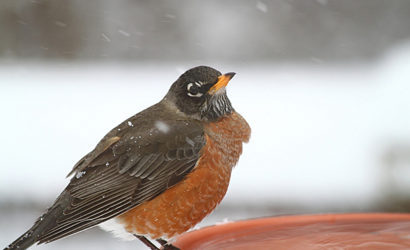
Extreme Cold Increases Power Demand
The extended cold snap has increased demand for electricity, with ISO New England reporting as much as 25 percent higher demand over recent weeks than at the beginning of December. Energy Secretary Rick Perry has tried to use past problems with the grid to justify multi-billion dollar taxpayer subsidies for coal and nuclear power. But as Benjamin Storrow reports for E&E News, the Northeast’s power grid has been standing strong so far:
U.S. grid operators appear to have made considerable strides since the 2014 cold snap, when plunging temperatures caused a slew of unexpected power plant outages. Unlike in 2014, Northeastern grid operators said their systems had ample power reserves and were largely untroubled by the freezing temperatures of the last week.
“We’ve seen much better generator performance than what we saw during the polar vortex, for sure,” said Chris Pilong, director of dispatch at PJM Interconnection, the grid operator for 13 states running from Maryland to Illinois.
While it’s good news for New Englanders that grid operators are better equipped than in years past to meet demand during cold snaps, heavy reliance on fossil fuels means that these spans of increased energy usage wreak havoc on local air and water quality. Looking ahead, cold snaps make a strong case for embracing a source of power that could both thrive during extreme weather AND cut climate-disrupting carbon pollution: offshore wind energy. As old, dirty power plants retire in New England, yes, we need to keep the lights on. But we also need to protect the long-term health of communities and wildlife, keep energy rates stable and affordable, and invest in resources that create local jobs. Offshore wind energy is ready to help meet all of those challenges at once.
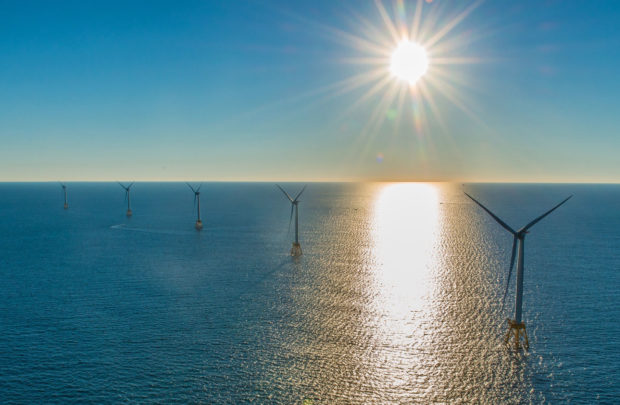
Offshore Wind Going Strong During Cold Snap
When it has been coldest, America’s first (and so far only) offshore wind farm has been producing lots of power. Deepwater Wind’s Block Island Wind Farm has been going strong, producing power over 96 percent of the hours during December’s frigid final two weeks. Average wind speeds were 27 miles per hour, which is 33 percent stronger than the average wind speeds for the year, reports Deepwater Wind.
More from Alex Kuffner in the Providence Journal:
Jeffrey Grybowski, CEO of Providence-based Deepwater Wind, said that offshore wind power, especially when paired with batteries or pumped hydropower, offers a cleaner alternative.
The company’s Block Island Wind Farm, the first offshore wind farm in the United States, has been operating nearly around the clock in the strong winds during the cold snap, bolstering the case, Grybowski said, for larger wind projects proposed off Rhode Island and Massachusetts.
“Offshore wind produces power in these super-peak periods in the winter. These cold spells tend to correlate with storm events and Arctic fronts … that happen to produce a fair amount of wind,” he said. “The good news is that there really are viable alternatives that are available today.”
Meanwhile, Pilgrim Nuclear Power plant had to be taken offline during the Bomb Cyclone. And Rick Perry thinks nuclear is what we should be subsidizing for grid reliability?
Take Action
To increase our grid’s resilience to extreme weather, we’re going to need a lot more offshore wind energy than Block Island’s five turbines. States like Massachusetts, New York, and Maryland have made large-scale commitments to offshore wind, and that accounts for just a tiny fraction of what is available off the U.S. Atlantic Coast.
To protect our children, grandchildren and future generations from worsening weather extremes, we need to act now to cut carbon pollution.
If you live on the Atlantic Coast, please take a moment to ask your governor to support offshore wind power for wildlife.







